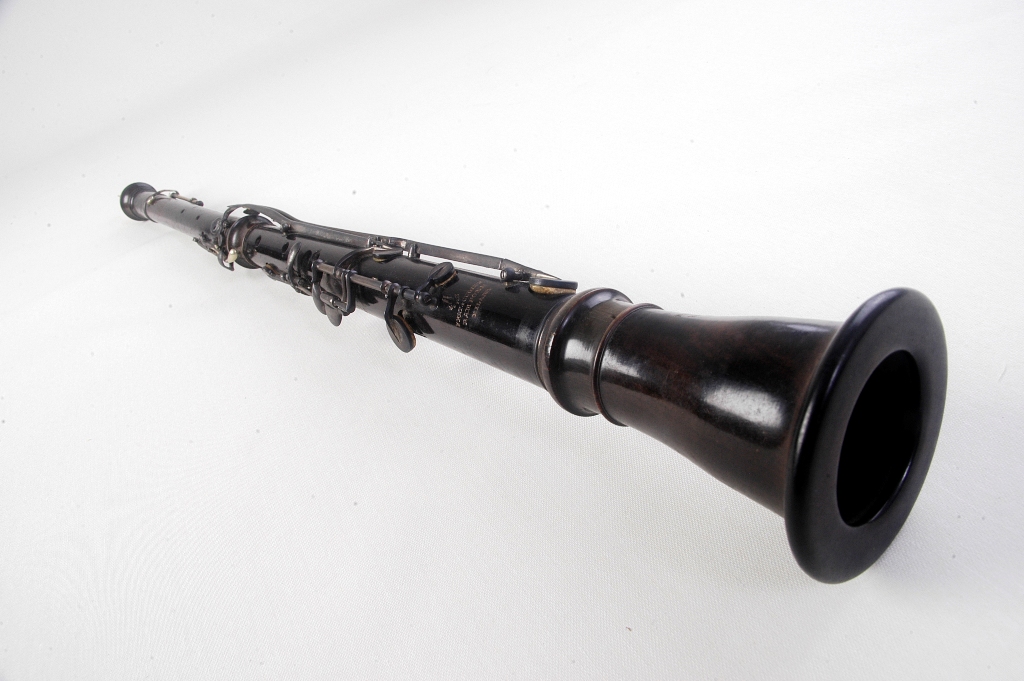{{article:6672}}
{{article:6673}}
Double reedpipe with conical bore (422.112-71). In the 19 th. c , the oboe key mechanism and tube designs were successively modified by French makers among whom Henri Brod the Triebert family and Frangois Loree can be mentioned. By 1880, such modifications originated a model which is found with slight variations in the instruments at present.
The development of the oboe followed a different line in the Germanic countries. Here, the changes were based on the improved system by Joseph Sellner (Wien, ca. 1825). A great number of players refused to adopt the new designs and continued using the old ones. This has been a frequent attitude throughout the history of instruments. The model of the specimen belonging to the firm Frat. e Cugino Rampone is old fashion.
Although it dates from ca. 1900, its main features, which how both French and Austrian influence, are those of an earlier period. The mean diameter of its bore is slightly bigger than that of the tube currently used at that time. The bell has a profile whose conical shape gradually become cylindrical ending in a wide rim with an inner flange. The number and position of the ten keys (of delicate and elegant make) resemble mechanisms of the 1820s.
This oboe causes admiration because of the harmony of its lines which is highlighted by the noble materials used in the make: cocuswood (body), horn (sockets) and silver (keys and rings). Inscription: [tuning fork surrounded by a laurel wreath] FRAT. E CUGINO/RAMPONE/MILANO L. 55.5 x tube 0 1.8 cm.

